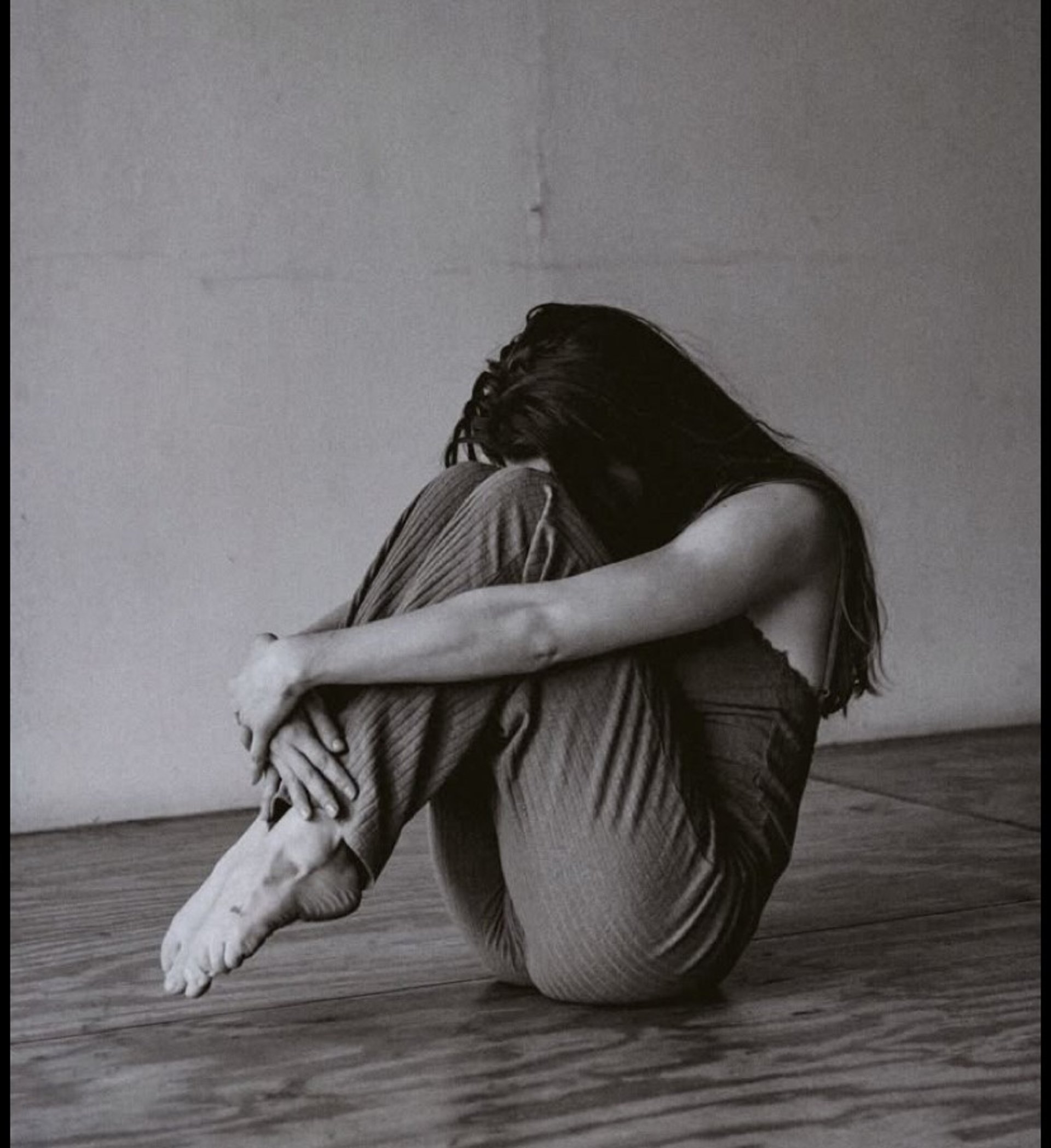
PMDD, Histamine, and Women’s Health: A Loving Look at the Roots and Remedies
mysvrnce
4/20/20253 min read
Women’s health has long been whispered about rather than boldly spoken of. We are often told our pain is normal, our mood shifts are “just hormones,” and our bodies too complex to truly understand. But today, we are saying no more to the silence.
We’re turning toward PMDD—Premenstrual Dysphoric Disorder—with love, curiosity, and a holistic lens. Because PMDD is not “just PMS.” It’s a cry from the body, a deeper message from within. And that message deserves more than just a band-aid; it deserves compassionate attention.
What is PMDD?
PMDD is a severe and chronic medical condition that affects about 5-8% of menstruating women [1]. It is classified by intense emotional and physical symptoms in the luteal phase of the menstrual cycle—typically the two weeks before bleeding begins. Symptoms include:
Debilitating mood swings
Anxiety or depression
Irritability or rage
Fatigue
Insomnia
Bloating, breast tenderness
Brain fog
Suicidal thoughts (in severe cases)
It is more than discomfort—it can feel like a complete loss of self. And yet, many women suffer silently, misdiagnosed or misunderstood.
The Allopathic View: Is PMDD a Histamine Reaction?
Recent research has begun to explore PMDD as a histamine intolerance or mast cell activation issue. Mast cells include chemical messengers, like histamine, heparin, and cytokines to help the body respond to injury, allergens, infections, and stress.
During the luteal phase, estrogen rises and can stimulate mast cells, which release histamine [2]. Histamine is not just involved in allergies—it also impacts neurotransmitters like serotonin and dopamine.
Some women with PMDD find temporary relief with antihistamines, suggesting a histamine-driven inflammatory response may be at play [3].
While this allopathic route can offer short-term symptom relief, especially for those in acute distress, we must also ask: why is histamine high in the first place?
The Holistic View: Listening to the Root
Rather than only soothing symptoms, holistic medicine asks:
What is the root cause of this inflammation?
Why is the body overwhelmed by histamine?
How can we restore balance gently and sustainably?
From this view, PMDD may stem from deeper imbalances, such as:
Liver stagnation (inefficient estrogen detoxification)
Gut dysbiosis (where histamine-degrading enzymes are low)
High stress and cortisol dysregulation
Mineral depletion, especially magnesium and zinc
Chronic exposure to toxins, parasites, or mold
Unprocessed emotional trauma stored in the womb space
In Ayurvedic practices, PMDD may represent an inflammation (pitta) and dehydration (vata) response. The nervous system becomes hyper-reactive, digestion weakens, and the womb becomes inflamed energetically.
How the Infradian Rhythm Holds the Key
Women’s bodies follow the infradian rhythm—a 28- to 35-day cycle governed by hormonal fluctuations. Unlike the male circadian rhythm (which resets every 24 hours), our energy, metabolism, brain chemistry, and immune responses shift weekly.
When we ignore this rhythm—eating the same, working the same, exercising the same every day—our body feels misaligned.
Honoring this cycle means:
Eating warming, anti-inflammatory foods during the luteal phase
Resting and slowing down before menstruation
Supporting the liver’s detoxification of estrogen
Reducing histamine-rich foods like aged cheeses, alcohol, and fermented products
Herbal & Holistic Support for PMDD
Nervous System & Emotional Support:
Ashwagandha: Balances cortisol and soothes the nervous system.
Lemon balm: Calming and gentle, especially during anxious luteal days.
Passionflower or skullcap: Supports restful sleep and emotional regulation.
Liver & Estrogen Detox:
Dandelion root: A gentle liver detoxifier.
Milk thistle: Supports glutathione production for hormone detox.
Histamine Support:
Quercetin: A natural mast cell stabilizer.
Vitamin C: An antihistamine and antioxidant.
DAO enzyme supplements: Support histamine breakdown in the gut.
Mineral Nourishment:
Magnesium glycinate: Eases cramps, irritability, and insomnia.
Zinc: Important for hormone synthesis and neurotransmitter balance.
Lifestyle Practices That Make a Difference
Cycle-syncing your meals (more protein and root veggies during the luteal phase)
Seed cycling to support hormone production and elimination
Castor oil packs over the liver and womb
Gentle daily movement (walking, stretching, yin yoga)
Womb massage or self-abdominal massage
Sunlight and grounding (reduces cortisol, stabilizes the infradian rhythm)
You Are Not Broken
If you are experiencing PMDD, please know: you are not crazy, hormonal, or broken. You are biologically sensitive in a world that often moves too fast.
Your body is not your enemy—it is screaming for safety, softness, nourishment, and love.
Dealing PMDD isn’t just about blocking histamine. It’s about coming home to yourself. Listening to your womb. Making peace with your rhythm. And restoring the balance that has always belonged to you.
You are allowed to soften.
You are allowed to slow down.
You are allowed to heal.
With love and belief in your radiant body.
References:
American Psychiatric Association. (2013). Diagnostic and Statistical Manual of Mental Disorders (5th ed.)
Woidacki, K., et al. (2014). Mast cell–mediated regulation of immune responses in pregnancy. The American Journal of Reproductive Immunology.
Research on PMDD and histamine: https://pubmed.ncbi.nlm.nih.gov/28433995/
